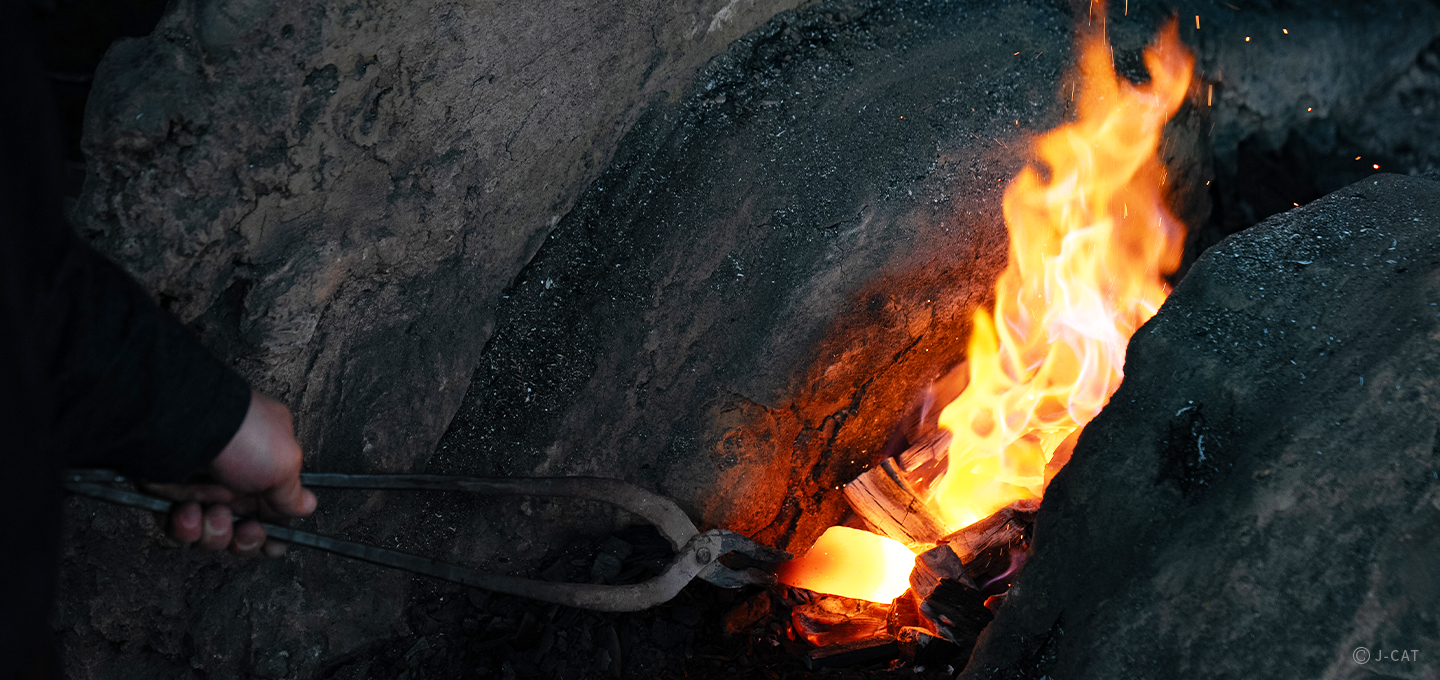
Special Experience
Tokyo
Craft a Handmade Kitchen Knife of Traditional Tamahagane Steel at Hirata Bladesmiths in the Tokyo Outskirts
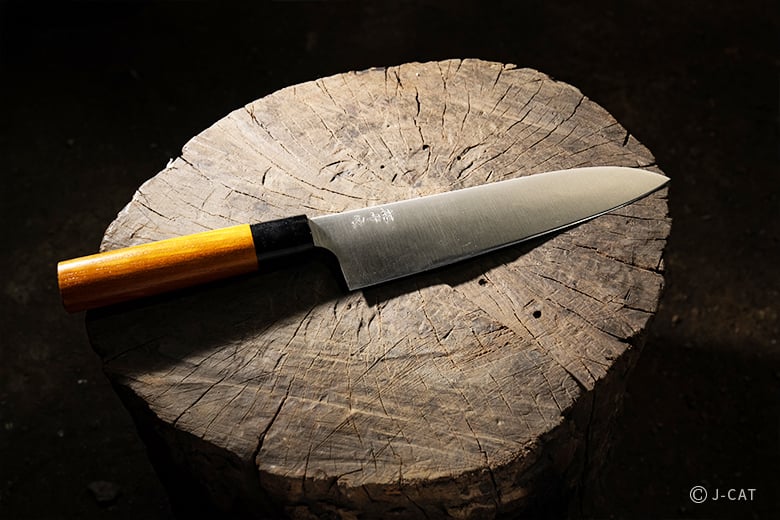
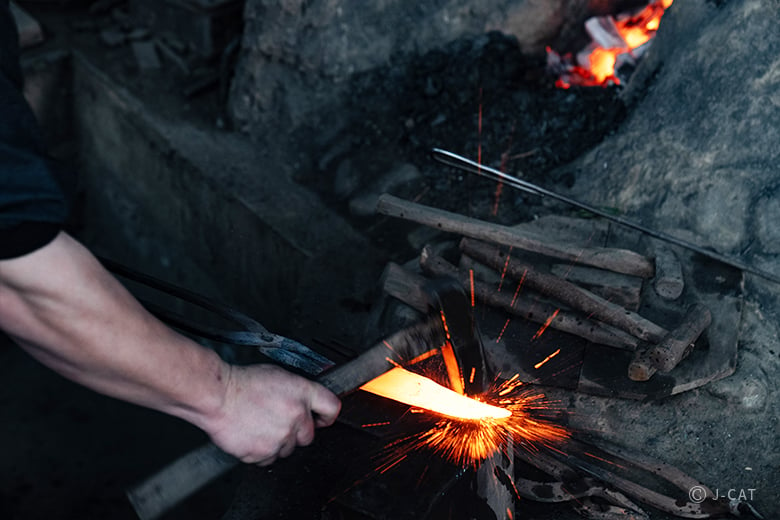
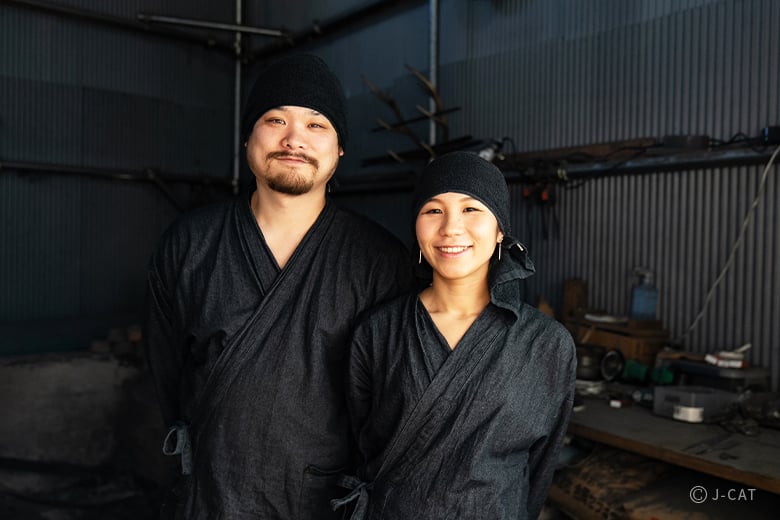
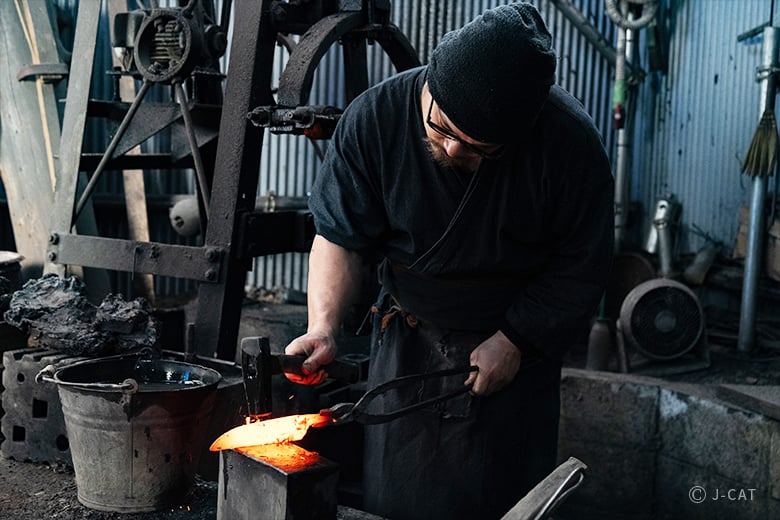
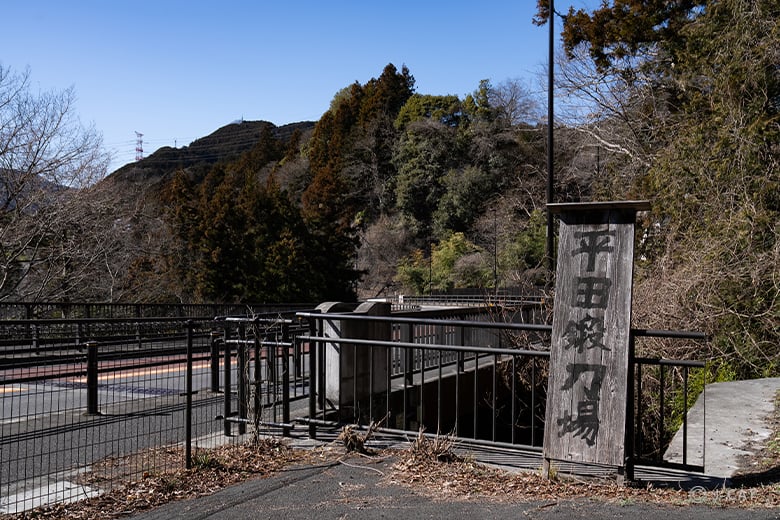
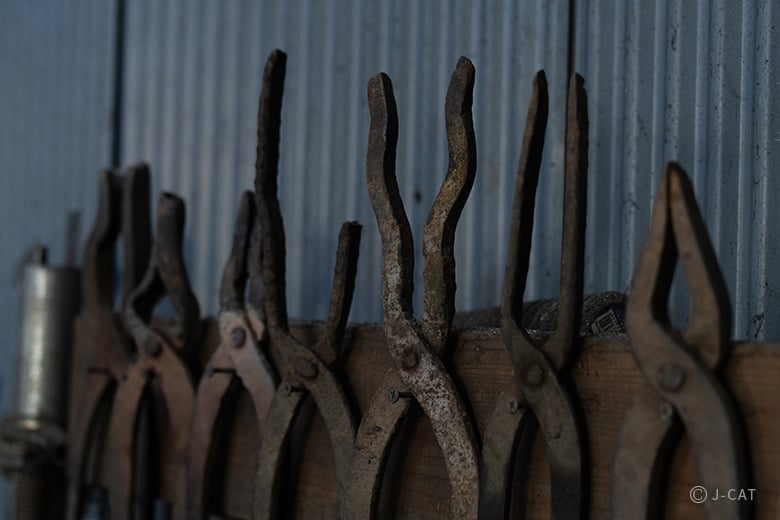
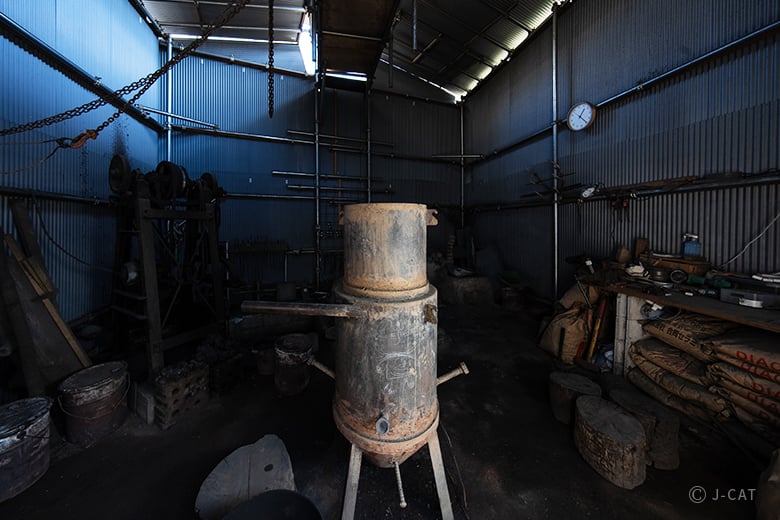
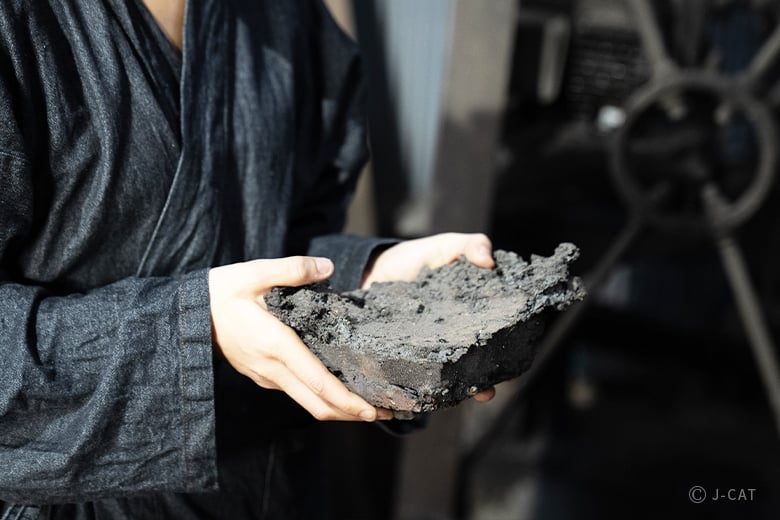
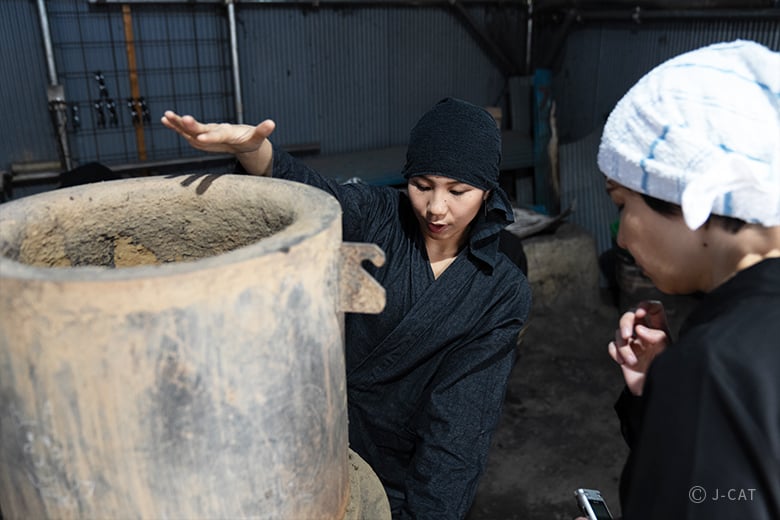
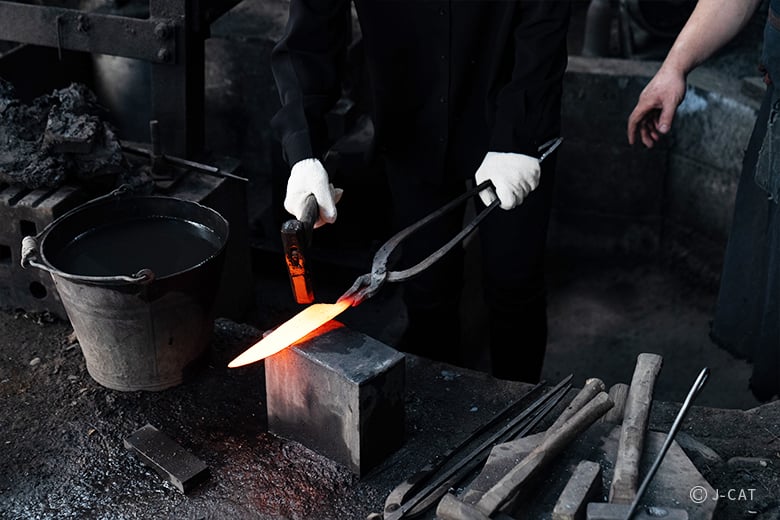
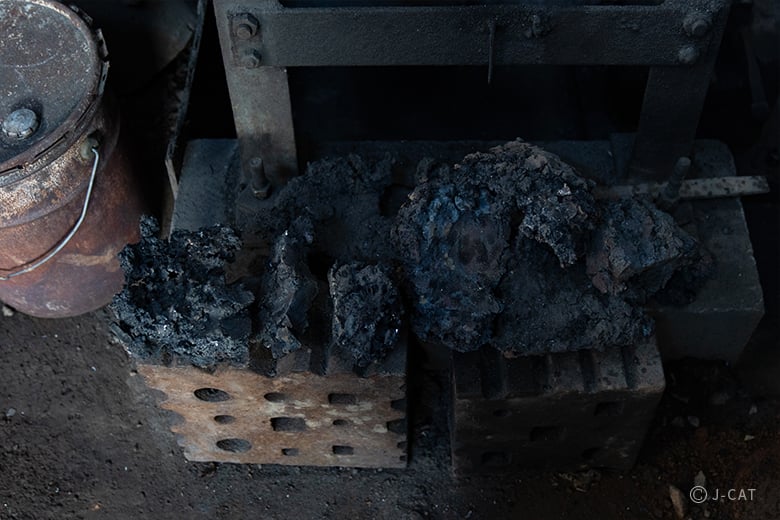
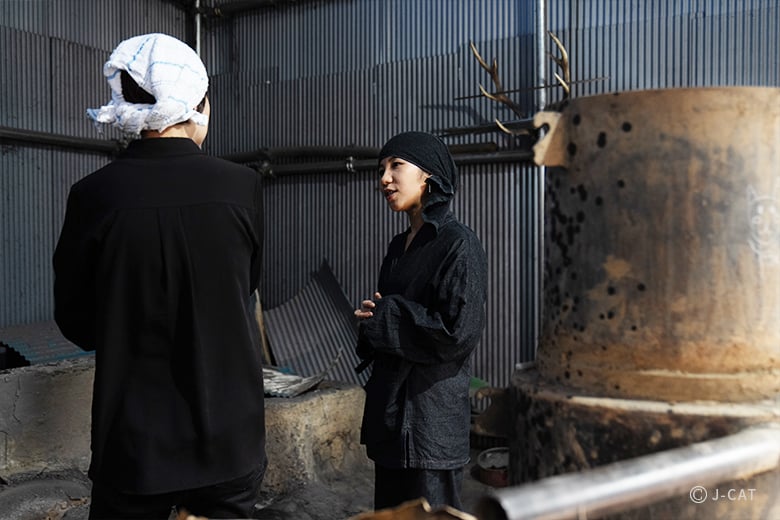
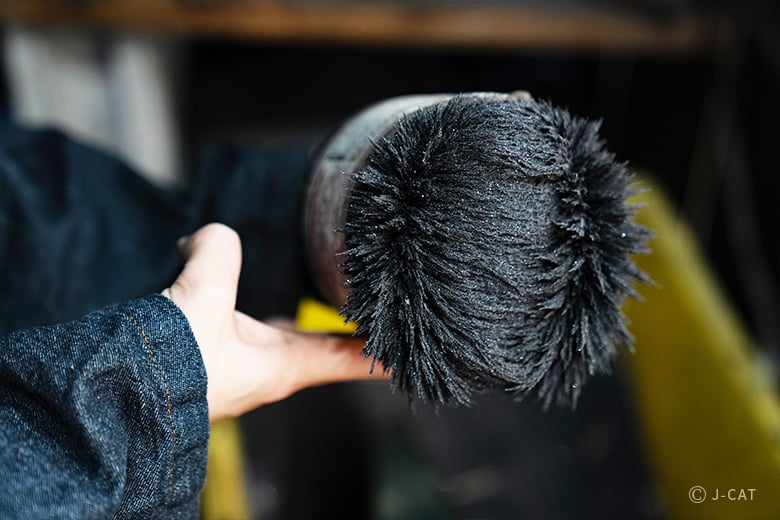
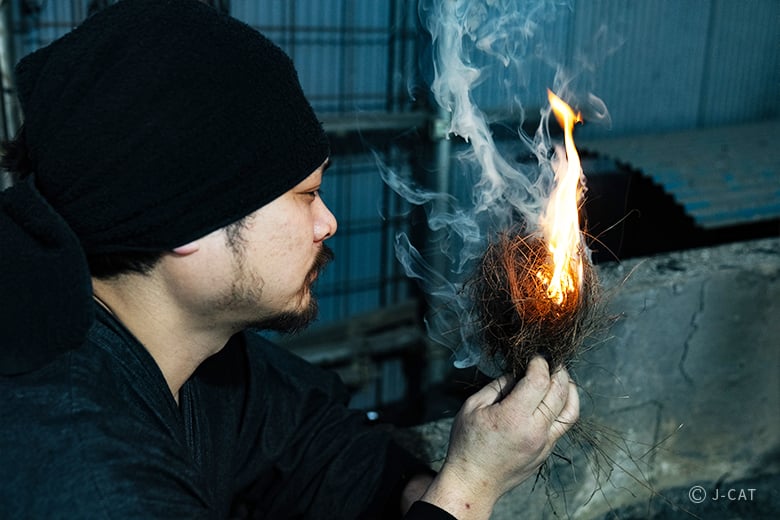
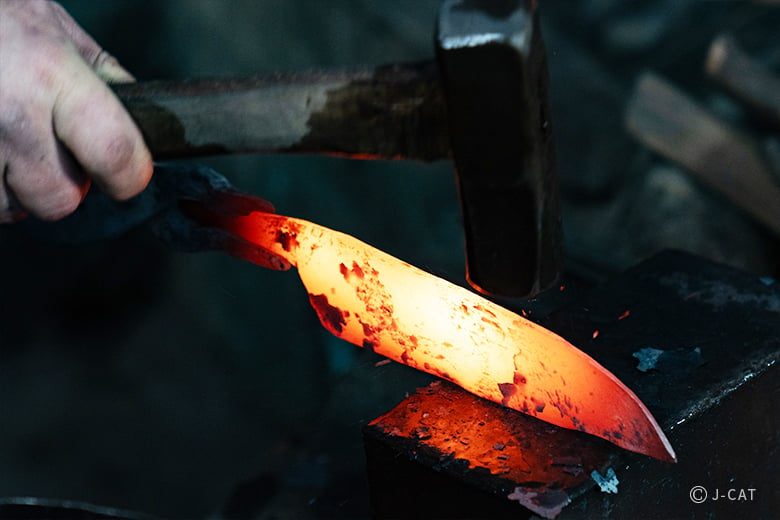
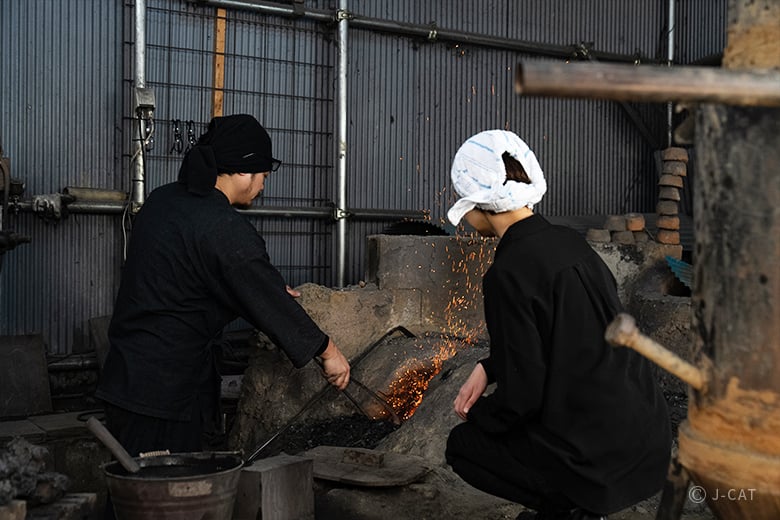
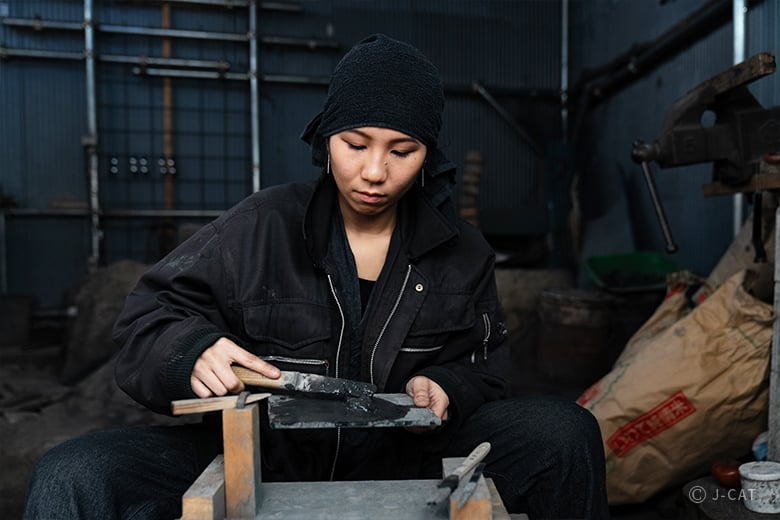
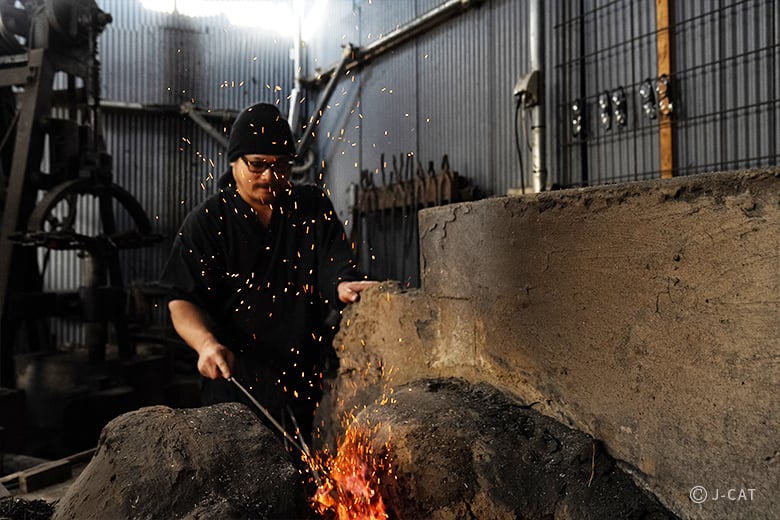
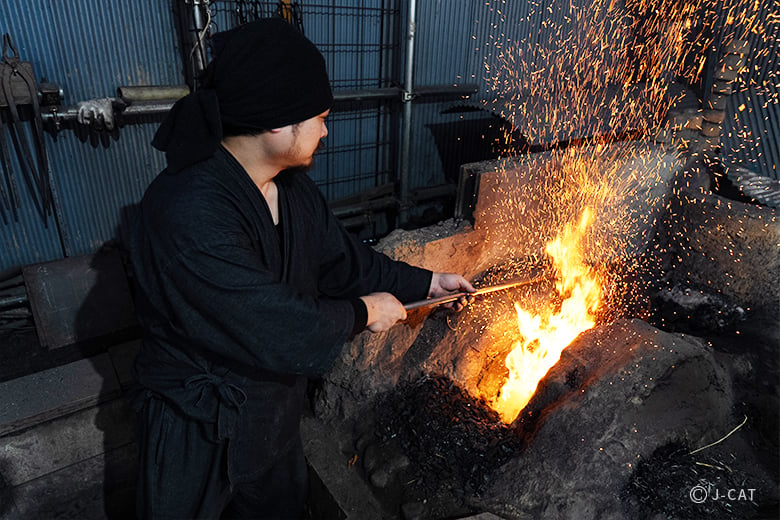
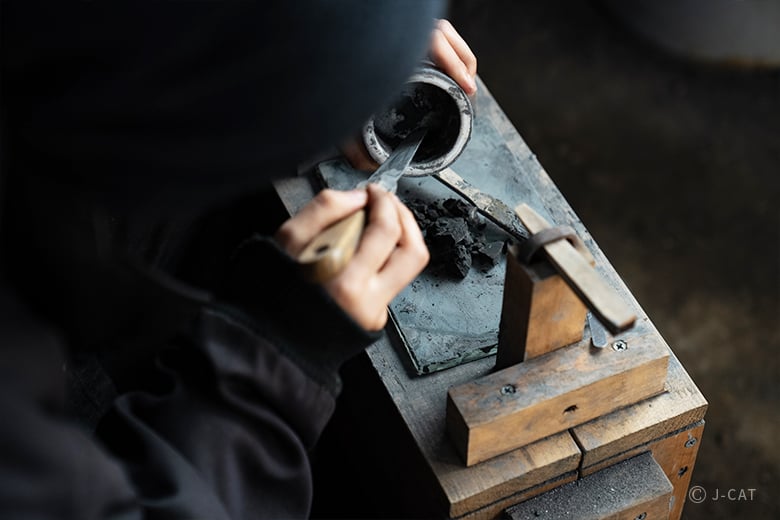
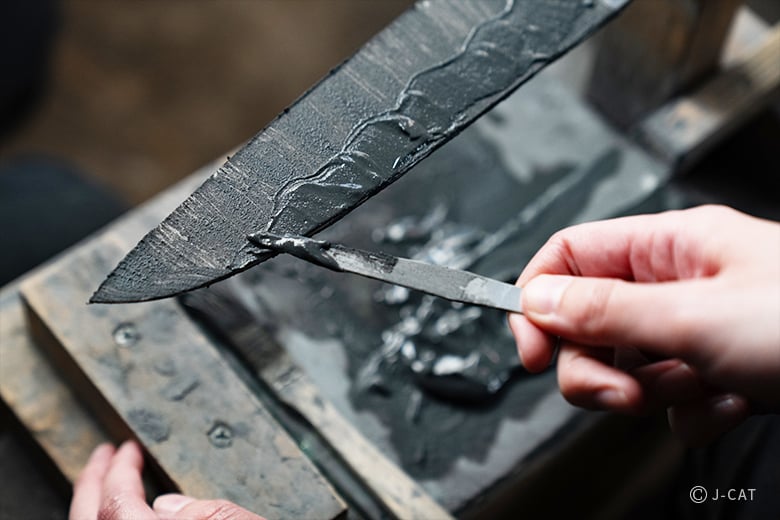
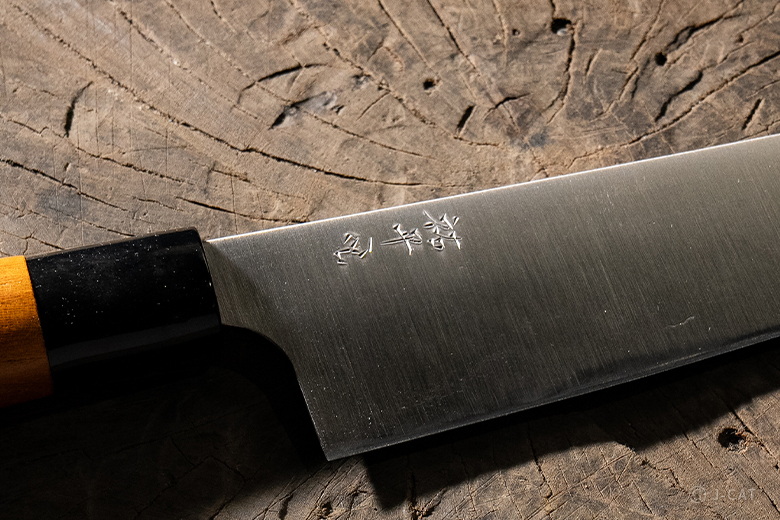
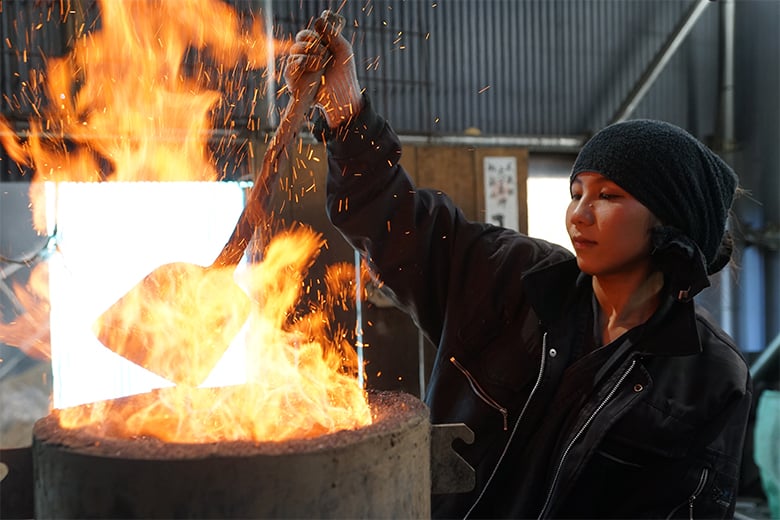
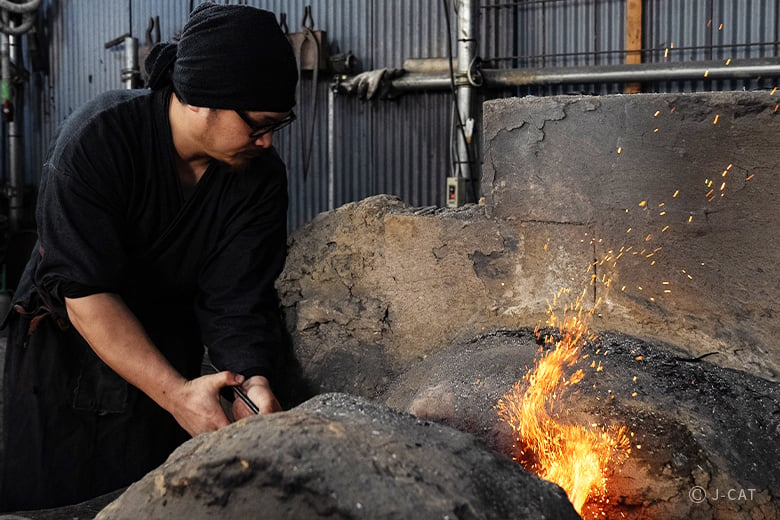
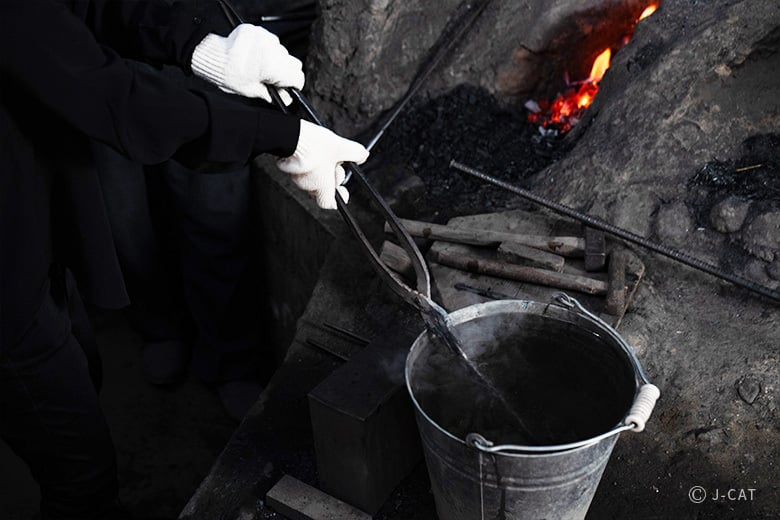
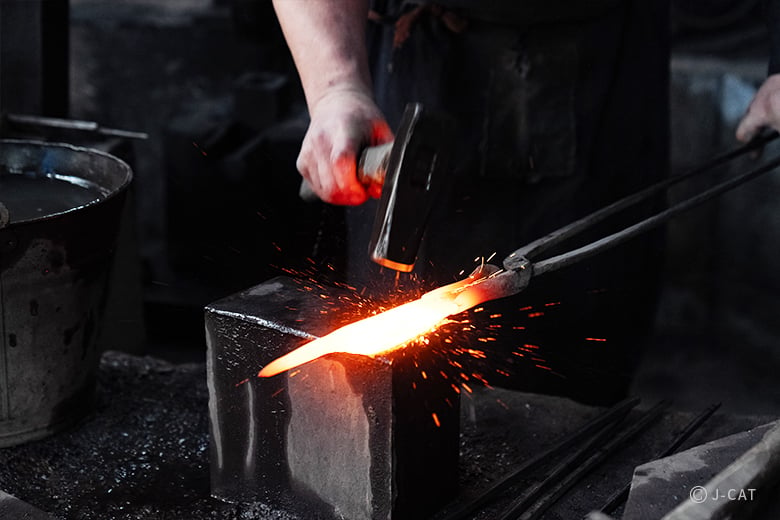
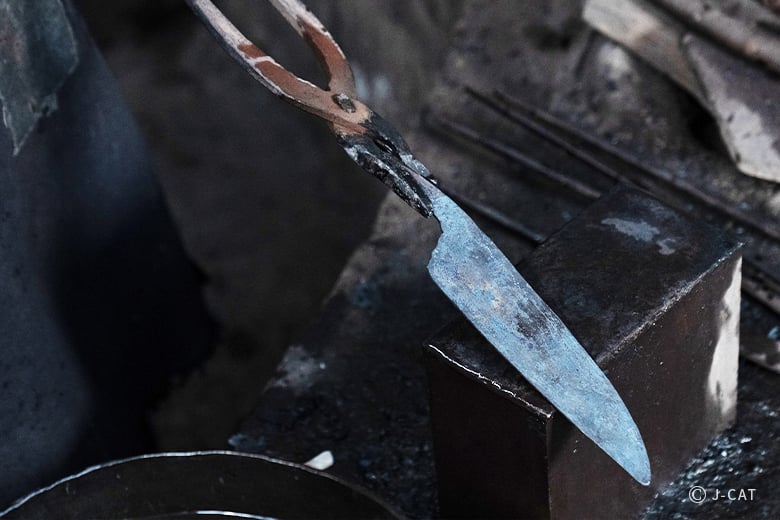
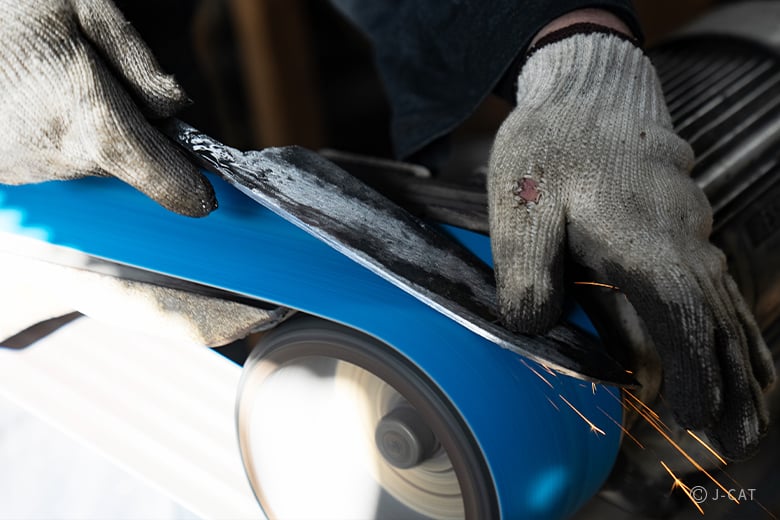
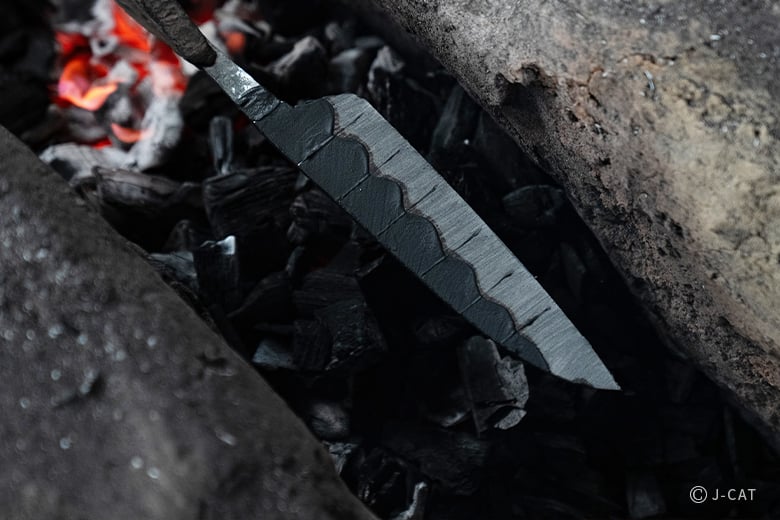
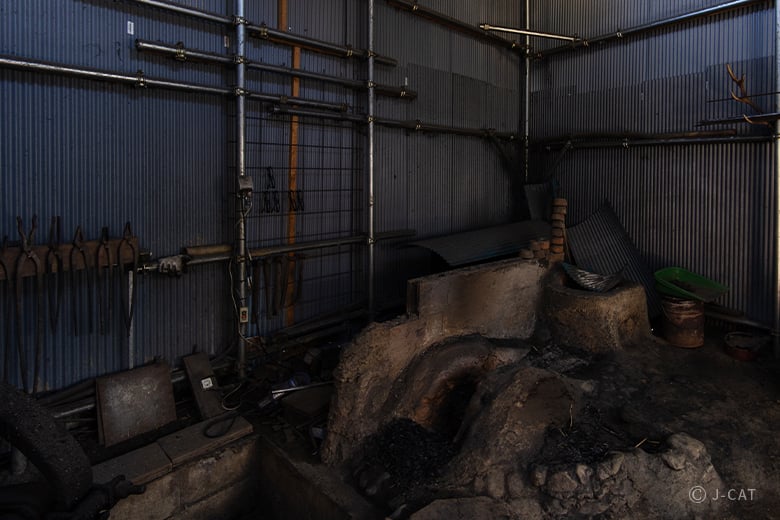






























Overview
At Hirata, murage furnace master Nodoka Hirata produces traditional tamahagane steel that toko blacksmith Sukehira Hirata works into fine blades with hammer and anvil. While Sukehira is already a vanishingly rare breed as a cutler employing traditional materials and techniques, Nodoka is a unicorn: a female murage, or traditional furnace master. Together, they welcome you into their world of tatara bladesmithing. Learn the very same techniques used to forge the iconic swords of the samurai, and experience crafting a kitchen knife of your own which the Hiratas will finish with an engraving of your choice and ship to you.
Key Features
・Experience traditional kitchen knife forging with the guidance of a married couple of master bladesmiths in the Tokyo outskirts, easily accessed from Shinjuku
・Learn from traditional artisans who make their own tamahagane, the steel traditionally used for high-grade Japanese swords
・The kitchen knife you craft will be finished and engraved with your name before being shipped to you after the experience
*After the first participant, additional participants can be added for JPY 204,600 per person (tax included). Please choose the number of people under “Option” below.
*For those interested in creating a small katana instead of a kitchen knife, check out the
Craft a Small Katana of Traditional Tamahagane Steel at Hirata Sword Smith in the Tokyo Outskirts
*The schedule for this experience is updated irregularly based on the host's availability.
Some months may have no available dates.
If the calendar shows no openings, please explore our other options here: Sword and Knife Making Experiences
Tokyo
180mins
from ¥221,100 /person
1 - 4 participants
Available in English
Cancel free up to 11 days prior
Details
An Authentic Traditional Smithy Operated by Husband and Wife
In the verdant rolling hills of Ome City on the outskirts of the Tokyo metropolis, roughly an hour and twenty minute local train ride from Shinjuku station, stands Hirata Sword Smith, a traditional smithy operated by a husband and wife duo. They are one of a tiny number of Japanese forges producing their own traditional tamahagane sword steel in house. From it, they forge an assortment of cutlery, from knives suited to the kitchen or other work to iconic katana swords. They have also left their mark on pop culture, contributing authentic blacksmith sound effects to the world tour screening of Japanese anime feature film Demon Slayer: Kimetsu no Yaiba - To the Swordsmith Village.

Hirata Sword Smith in Tokyo’s Ome City, where tamahagane steel is also forged in-house
Through an interest in Japanese period piece films and the martial art of kendo,Sukehira Hirata discovered a fascination with Japanese swords that led him to a 13-year apprenticeship under artisanal blacksmith Sukesada Ueta in Okayama prefecture, after which he returned to Tokyo to found his own smithy. His wife Nodoka Hirata has been by his side throughout, and manages most of the business side. As very likely the only woman in the history of the world to work as a professional tatara furnace master, she produces the workshop’s supply of tamahagane sword steel.

Husband and wife blacksmith duo Sukehira and Nodoka Hirata
The Time-Honored Tatara Technique of Artisanal Iron Forging
The tatara technique represents the peak of traditional Japanese iron forging, in which iron sand and charcoal are heated to molten conditions in order to smelt steel. The name of the technique comes from the tatara, a foot-operated bellows once used to supply the furnace with air and stoke its fire. Fans of director Hayao Miyazaki’s Studio Ghibli films may recall seeing this exact device in use in the animated feature film Princess Mononoke.

The tatara steel furnace
Modern mass-produced steel manufacturing was introduced to Japan at the end of the Edo period, in the mid-late 19th Century. Prior to that, all of the country’s steel was produced using the tatara method, which yields extremely high-grade tamahagane. Today, only a tiny amount of such steel is produced, with the majority used in sword-making.

Next to none of the few traditional blacksmiths remaining in Japan continue to produce their own tamahagane steel in house
The murage, as is Nodoka’s title, is in charge of maintaining the internal conditions of the furnace through rigorous observation of details like the sounds and colors of its flames. Working a blazing furnace with temperatures high enough to melt steel is not for the faint of heart, and requires razor-sharp perception on top of physical and mental strength.

Before experiencing real bladesmithing for yourself, learn all about how tamahagane steel is produced
The world of swordsmithing was traditionally strictly off-limits to women, and extant records suggest that Nodoka Hirata is to date very likely the only female murage to have ever lived. For all his hard work at the anvil, Sukehira Hirata’s product depends on the strength and pliability of hers. As he puts it: “If you produce high quality tamahagane steel, you’ve already done 80% of the work of making a fine sword.”
The Heft and Life of the Blade
The final step of the intricate tatara process is to turn the produced steel into a sunobe, sometimes referred to as a “sword blank.” The sunobe is a long slender piece of iron that, while lacking a blade, is already in the basic shape of the sword it will become. Your work in the experience begins here, where the sunobe is hammered into a finished blade.

Forging the red-hot steel with hammer and anvil into a kitchen knife
The next step, called hi-zukuri or forging, involves hammering heat-softened steel down to the size of a kitchen knife while endowing it with its cutting edge. This is a marathon, not a sprint: a full-size katana for example requires about four hours of continuous hammering. The trick, as Hirata will teach you, is to let gravity do the hard work for you.

The process of repeatedly heating, hammering, and stretching
“Iron has a stubborn living will of its own,” says Sukehira, “and it will not change shape without an equally strong human will to mold it. This feeling of vitality, the physical and spiritual heft of a sword, is very beautiful to me.”

The temperature of the fire and the condition of the steel must be meticulously matched from beginning to end
The Secret behind the Sharpness and Durability of the Japanese Katana
Now that your blade is an actual blade, move on to the tsuchi-oki and yaki-ire coating and quenching phases. This is the part of the process where the essential paradox of the katana is born: sharpness without brittleness.

In the tsuchi-oki step, the blade’s edge is given its distinctive pattern
Tsuchi-oki is an intermediary quenching step before final hardening, in which the full surface of the blade is coated with a mud-like substance called yakibatsuchi, made from equal parts clay, charcoal, and whetstone powder. A thicker coat is applied to the ridged side. The coated blade is then reheated over a fire before rapid quenching in water, trapping the carbon within the steel and ensuring its hardness. By varying the thickness of the yakibatsuchi coating, slight differences in hardness emerge, producing a beautiful surface pattern and improving the flexibility of the blade.

Quenching is essential to rapidly cool the temperature of the steel
The finished kitchen knife can be engraved with your name before being shipped to you after the experience.

After you visit, you can look forward to the arrival of your kitchen knife in the mail
Nothing Quite Compares to a Custom Tool You Made Yourself
After making your kitchen knife, you may request to have lunch with Sukehira and Nodoka, who will join you at any of their recommended restaurants in the area that you choose (lunch is charged at the restaurant and not included in the experience/ translator will not accompany you for lunch). Now that you’ve gotten to know them as blacksmiths, why not get to know them a bit more as people?

A kitchen knife made by your own hand: the more you use it, the more you will bond with it
Kitchen knives made of sword-grade tamahagane steel are rare even in Japan. “These days people are further and further removed from the processes by which the things they use are made,” says Sukehira. “I hope this experience will be an opportunity to develop an intimate familiarity with steelworking, and to enrich your life and your sensibility with new knowledge and awareness.” What could be better than a durable, practical tool that also serves as a lasting memento of your time in Japan?
Hirata Sword Smith

Hirata Sword Smith
A specialty smithy operated by the Hiratas: toko blacksmith Sukehira and murage furnace master Nodoka. With their tamahagane steel, produced in house, they forge an assortment of cutlery from kitchen knives to iconic katana swords. Their artisanal blades offer unparalleled beauty, flexibility, sharpness, and durability. They also offer smithy tours and work to promote traditional Japanese bladesmithing techniques across the country and beyond.
Customer's Voice
The craftsman and his wife were very nice and VERY patient with my "limited skills." And they were very good at "improving" (fixing) my mistakes.
G.D. Italy
It was an amazing experience, and I felt like this was one of the best experiences I've had in Japan, and everything there is already amazing.
M.W. United States
I really learned a lot about the full metal working process. It was rewarding to know they didn’t have to correct my work too much to produce a good knife.
P.S. United States
Location
Hirata Sword Smith
Ome City, Tokyo
Request for booking
Select first preferred date (JST)
December 2025
Sun
Mon
Tue
Wed
Thu
Fri
Sat

Instant Booking

Request Booking

17
Full

17
Unavailable
Tokyo
180mins
from ¥221,100 /person
1 - 4 participants
Available in English
Cancel free up to 11 days prior
Things to know
Contact Us
If you have any questions, please contact us using the form below.
We also accept bookings from corporate clients and travel agencies.